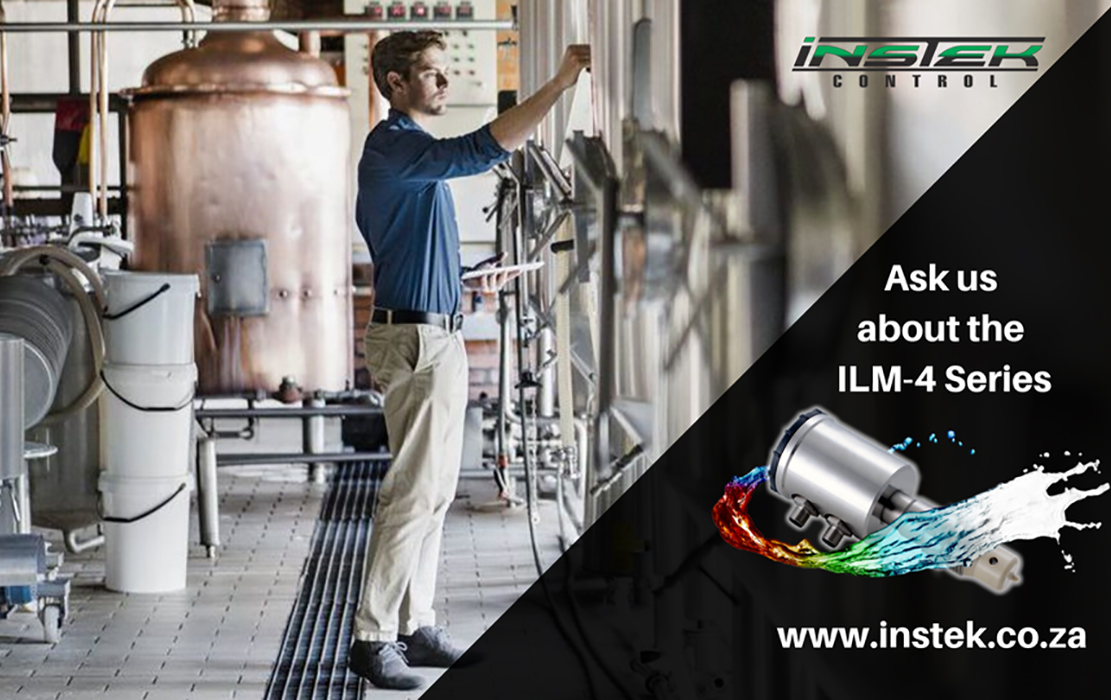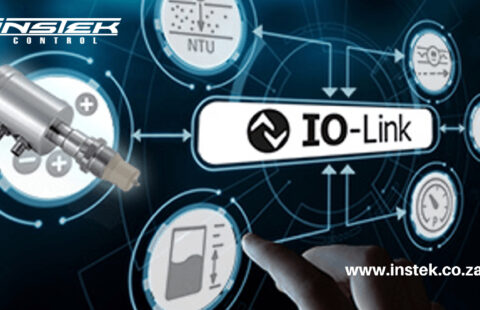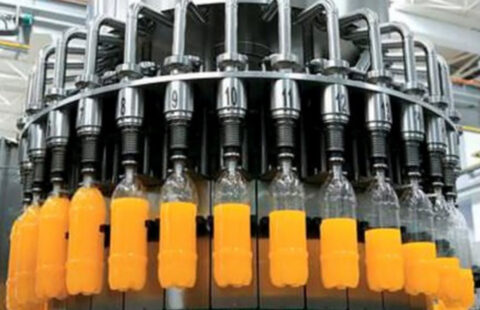
Your key to successful brewery sanitation
The global beverage industry is estimated to reach $1.9 trillion by 2020. According to BCC Research, the international fermented ingredients market, necessary for brewing, could grow to be worth $28.4 billion in the same year.
However, in the world of beverage production, brewing has the unique characteristic of requiring meticulous sanitation procedures to produce a high quality, drinkable beverage. When it comes to a brewery, you clean to prevent the transfer of tastes from one beer to the next, and you clean to help assure your product is safe for human consumption. In the face of increasing supply and demand, brewing plants are compelled to keep the cost of production as low as possible, without sacrificing safety and quality of the end-product.
One area that can drive costs up and affect product quality in the brewing and other beverage industries, is too high levels of cleaning agent concentrations in the tanks. Effective Cleaning-in-Place (CIP) cleaning relies on correct metering of the concentration of cleaning agent, contact time and solution temperature.
How does it work?
Understanding the processes and chemicals involved in the all-important work of cleaning and sanitising your brewery can help make your routine more efficient and effective.
During cleaning, the exact concentration of cleaning agent combined with the factors of time and temperature are decisive in running an effiecient process:
- The right concentration of chemicals must be achieved. While low concentrations can lead to inadequate cleaning results, concentrations that are above the required level not only drive up costs, but can leave residual traces and also damage the equipment.
- Time is how long is the cleaner in contact with the soil and the surface. Too short and the soil won’t be removed. Too long and you are wasting energy and have excess downtime and run the risk of redepositing.
- A C.I.P cycle must be run within the specified temperature range. If the solution becomes to cold downstream the process is ineffective and the expensive chemicals and time used for the process, is literally flushed down the drain.
Conductivity sensors for the safety and quality of your brew
Evidently, achieving the right combination of flow characteristics at a given temperature, time and concentration is crucial to fast and economical cleaning.
When you are on a tight schedule and budget, being able to minimise resources and maximise product reliability is always first prize. Anderson-Negele’s new, optimised ILM-4 conductivity sensor ensures that the correct levels are sustained and that they reduce the quantities of chemicals used. With a temperature response time that is four times faster than its predecessors, the ILM-4 conductivity sensor can also differentiate between wash and rinse cycles – producing further cost savings by reducing safety margins.
Benefits of getting the ILM-4 for your beverage plant
INSTEK Control is proud to provide the ILM-4 to our clients in the food and beverage industries in sub Saharan Africa. It has been described as the best of class in measurement accuracy. For the user, this means:
- maximum recycling of the cleaning media through precise inline analysis, maximum water savings;
- a reduction in the duration of the CIP process without impacting the required process quality;
- inductive measurement of the specific conductivity of liquid media in the range of 0…999 mS/cm;
- accurate temperature compensated measurement with a Pt 1000 embedded sensor
- robust design with a stainless-steel body ensures many years of use and easy cleaning;
- reliable process control with clear reduction of batch to batch contamination and extended product shelf life;
- controlling of CIP processes (e. g. phase separation detergents/water);
- concentration measurement (e.g. Alkali and acid concentration in remaking);
- reduced lifetime cost due to modular sensor design with Smart Replace Technology; and
- intensive and client-oriented support and service to guarantee maximum customer satisfaction.
The ILM-4 inductive conductivity sensor from Anderson-Negele is the continuation of the success story of the ILM series. The sensor has undergone systematic development to meet the demand for intelligent sensors for hygienic applications. The sensor is compatible with the predecessor models and easy to integrate in the process on account of its compact housing design.
All adjustments can be made quite simply on the device display or via a laptop and the calibration function allows calibrating by the plant operator on-site. In addition, any replacement of components can also be made on-site which saves maintenance costs and time.
For more information and to discuss your specific needs, contact INSTEK Control.


